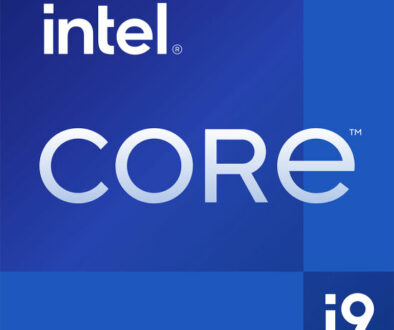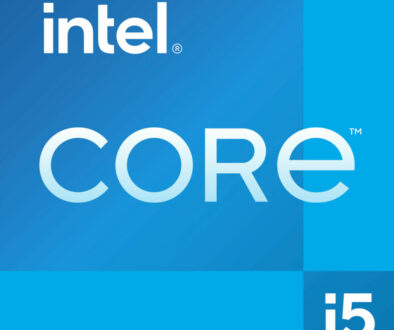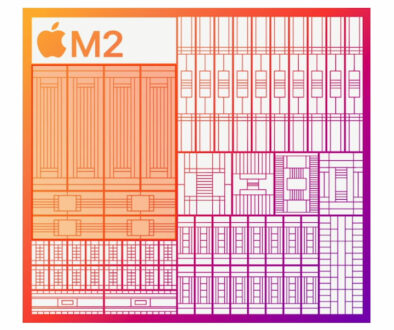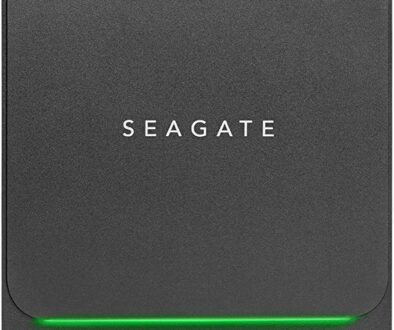Can Intel’s Upcoming Discrete GPUs Solve the Current GPU Shortage Crisis?
The current global chip shortage has unanimously been one of the biggest cause of despair and frustration for many PC builders in 2021. Having to fall in line with TSMC’s overloaded production lines means that GPU production never satiates demand, price skyrockets, and everyone, including AiB partners and distributors take a cut in order to reap the sweet, sweet rewards of super overpriced graphics cards.
Within this chaos, some desperately hope for a savior that can pull everyone out of their PC building misery. And that apparently, and ironically, might just be Intel. The upcoming Xe-HPG lineup has been building hype since more information on its competitor models have been revealed.
This then unravels an unlikely challenger that could shake the surface-level duopoly of Nvidia and AMD forever.
How ironic it would be, if Intel did manage to bring back GPU MSRP via the Xe-HPG series.
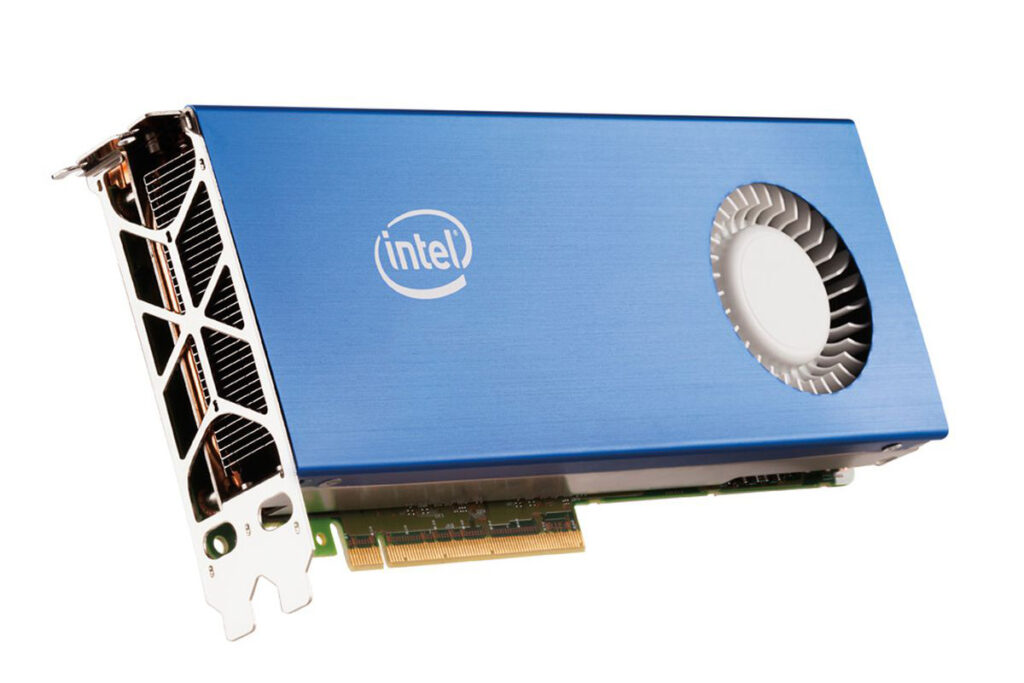
The (Understandable) Fear of High Price Normalcy
In the wake of the hyper-inflated GPU prices in the current tech market, trends shifted towards accommodating these prices as the next normal. True, other market entities such as Newegg allow GPUs to be distributed at MSRP using various promotional tricks. But the fact is, even at the highest distribution levels, prices are already marked up to the point that they are still significantly more expensive than what they should be just half a year ago.
For example, as Hardware Unboxed has shown in one of its videos last May, everyone has a vested interest in jacking up the prices from their side, ready to blame the rest of the product distribution ladder for making the initial costs so high. Therefore, even if initially due to very high demand, the price increase is now done as a semi-trend. Those retailers at the lower level have no choice but to either compensate using weird hardware component bundles, or to increase the prices on their end as well.
Even worse, both Nvidia and AMD seem absolutely uninterested in releasing lower-end GPUs after already releasing the main mid-tier to high-end current generation lineup (as they had traditionally done soo). Gamers Nexus points out that typically, a lower-end GPU like a GTX 1050 Ti or a GTX 1650 would have been released around 150+ days after the upper-end ones reach the market. As of June 2021, more than 250+ days after the initial release of the 3060 Ti, 3070, 3080, and 3090, no desktop-focused entry-level GPU is yet to be released by both companies.
The answer is simple: why waste the silicon selling inferior, cheaper hardware, when you can scalp reap every dollar possible by grinding all the silicon wafers into the top-end models. Which is exactly the strategy shown by the recent launch of the RTX 3070 Ti and 3080 Ti.
There are a significant number of people around the world who now fear that the current prices would eventually become the normal prices a ’la the infamous eyewear monopoly because:
- Demand is nowhere near being met, even at almost double the current production.
- Prices are already being raised everywhere, with even Nvidia and AMD joining the party.
- AiB partners already raising default MSRPs on their own.
- Worst of all, even in this nightmare, it is still proven that people will still buy these cards no matter what, when given no choice but to pony up such exorbitant costs.
For the rest of us, the hope of getting our hands on a decent graphics card at an affordable price for our next gaming pc build is near impossible.
The Potential Savior Completely Out of Nowhere
But as scarily realistic the fears of these doomsayers may seem, several things were left out of their main argument. For one thing, the concept of market share was often viewed only at a single angle, just from the overall sales perspective. We can assume that the release of the 3070 Ti and 3080 Ti are exacerbating this view, but a company would still be tactically more interested in covering market tiers, rather than hot selling every product available.
More importantly, in relation to the future resumption of price competition, these negative predictions never included the possibility of a different entity wrecking the entire game altogether. Remember when the now-struggling Tesla made a huge splash in the automotive industry? Suddenly every single well-established car company got serious about EVs.
As such, the same can also be said about Intel if they manage to pull off its stunt: to release its upcoming discrete GPUs. Before we discuss how the traditional tech giant would break the GPU price stalemate, let’s first list down every detail known for every GPU in the lineup so far:
(NOTE: info credit via notebookcheck.net)
Entry-Level Models:
- 192 EUs (1536 SPs) / 128 bit-bus / 4 GB VRAM
- 128 EUs (1024 SPs) / 64 bit-bus / 4 GB VRAM
- 96 EUs (768 SPs) / 64 bit-bus / 4 GB VRAM
Take note that EU and SP stand for execution units and stream processors, respectively (akin to CU and Cuda cores of AMD and Nvidia GPUs). According to most information sources, these will be the “one-step-above-iGPU” models, with the two lowest ones most likely equivalent to an RX 560 or GTX 1050 Ti. These models will be focused on servicing OEM brands.
Upper Entry-Level Model:
- 256 EUs (2048 SPs) / 128 bit-bus / 4 or 8 GB VRAM
This will most likely be the RX 590 or GTX 1660 Ti equivalent. Peculiarly, this very midpoint entry has the least information among the leaked models, thus its performance is only estimated based on the lowest end GPUs, and the highest 512 EU one.
Mid-Tier Model:
- 384 EUs (3072 SPs) / 192 bit-bus / 6 or 12 GB VRAM
Based on how close its hardware specs are to the highest 512 EU one, we can probably assume that this will perform somewhere within RTX 2060 Super levels of rasterization. Or minimum, about as close as what the current GTX 1080 can offer.
High-End Model:
- 512 EUs (4096 SPs) / 256 bit-bus / 8 or 16 GB VRAM
This is it. The crème de la crème of Xe-HPG GPUs. The thing that excites many people about this GPU, is that based on the leaked information, it is very highly likely that at its lowest, the GPU would be as powerful as an RTX 3070.
However, if more recent information is to be considered more accurate, then there is even the possibility that it could surpass the RTX 3070 Ti! Take it with a grain of salt, of course, but this just shows how big of a news it had become over the last few weeks.
Reasons Why Intel May Just Be Able to Stop the GPU Crisis
As a single entity, it would undoubtedly be a Herculean challenge for the Intel Xe-HPG series to even attempt to put a complete stop to the graphics card madness. But, it can be a major catalyst to its eventual realization. And if it does, we can most likely thank the following factors:
- GPUs for all Price Ranges! – Brand new GT 1030 and RX 550’s will no longer be squeezed out of tech warehouses just to be a placeholder unit for a waiting monster PC build. The long-time update-hungry upper entry-level category will finally have a new alternative choice (other than the now super price-scalped GTX 16 series and RDNA 1 cards).
- Intel only needs to slap a good price. – equivalent performance values be damned. It doesn’t matter if the 192 EU He-XPG card only computes like a GTX 1650 Super. If it is introduced at very competitive prices, then it will still be a popular hit, pulling demand away from AMD and Nvidia manufactured products.
- A third-supplier will automatically carry the demand burden better – very straightforward reason. Just the mere fact that yet another supplier is available means that more GPUs can be supplied to meet demand. Why exactly is that important when all the GPU fabs are still rented out to TSMC, you ask? Well…
- Best of all, Intel owns its fabs – a bit of common knowledge at this point to anyone familiar with Intel’s chip production systems. But, the point still stands. Because Intel owns fabs separate from TSMC, it can produce GPUs separately, thus effectively multiplying the supply rate of GPUs to hopefully saturate the market and dissuade the rest of the distribution line to mark up prices.
Is it Time to Pray to the Holy and Benevolent Intel?
Well, only if they get Alder Lake right later this year. Just kidding. But references aside, there’s really no reason to be too thankful to Intel if it did manage to be a significant factor to the eventual return of normal GPU MSRP. Because at the end of the day, the tech giant will simply be doing its part to quickly secure a potentially big position in the current GPU market. Crisis or no crisis.
Even then, there’s also really nothing to stop Intel from just going along with the trend and sell their GPUs at inflated prices as well. It may be counterintuitive as a step to secure its GPU market share, but it probably never will be completely out of the strategist’s menu.


